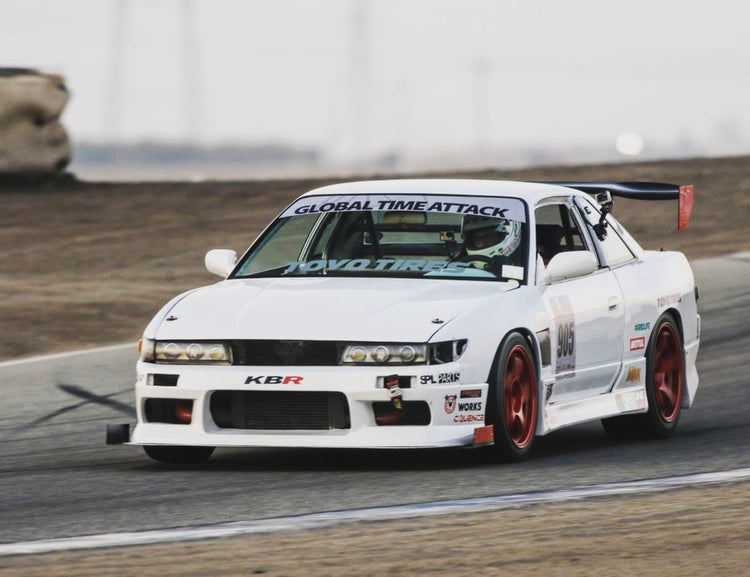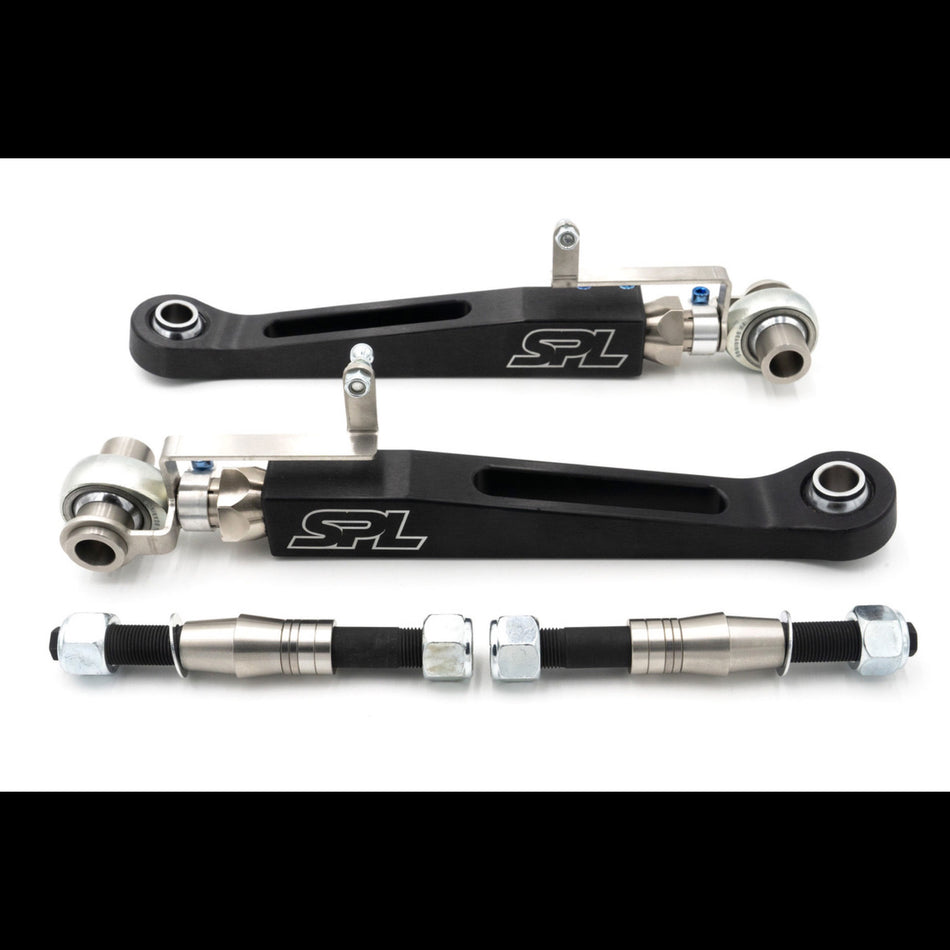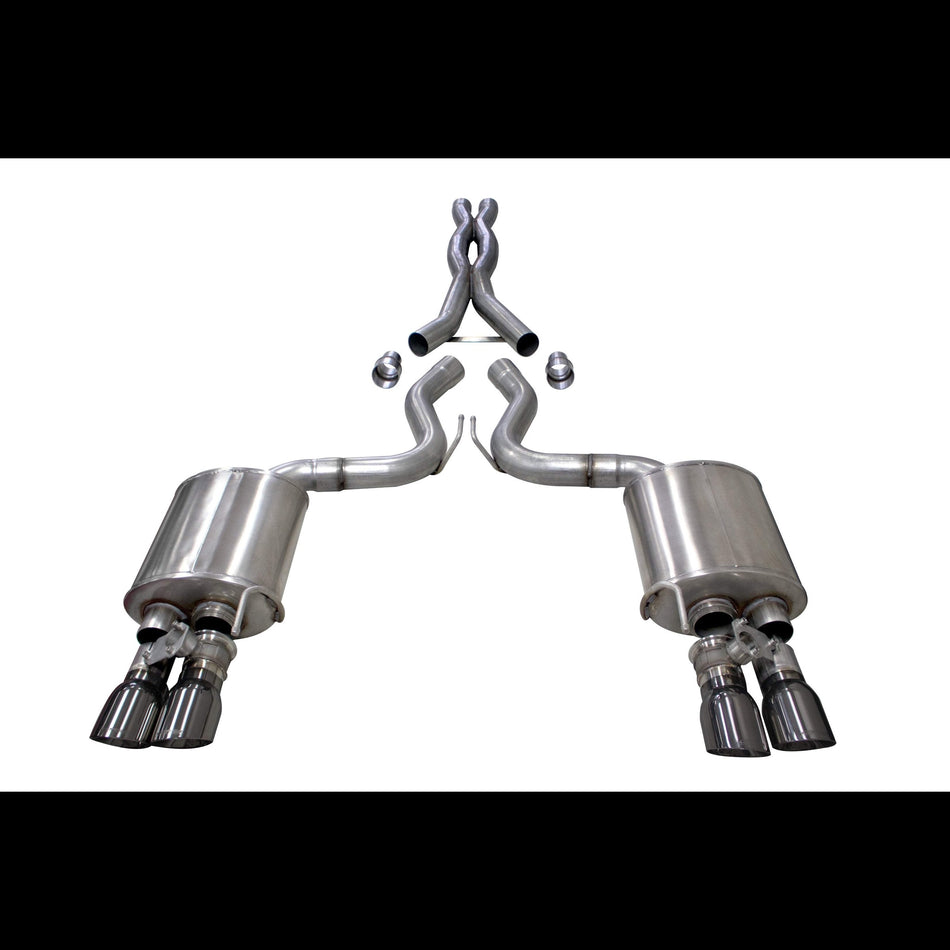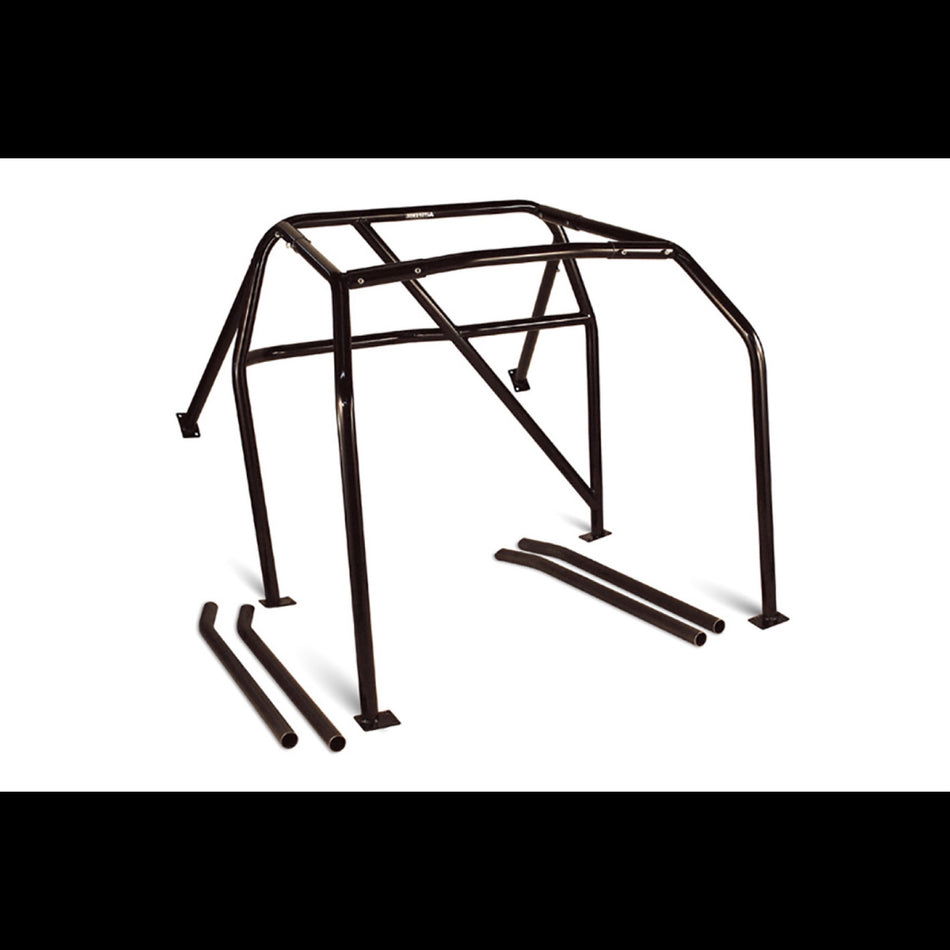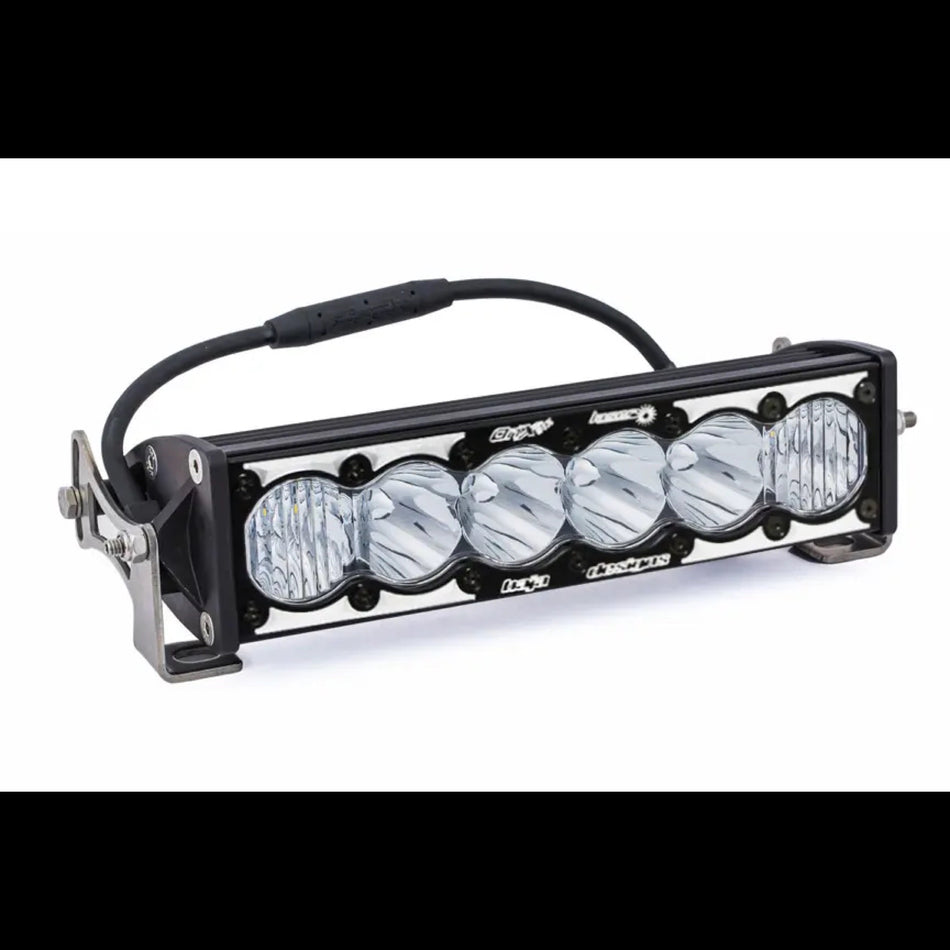With a legacy dating back to the 1960s, the Mustang has consistently evolved to incorporate cutting-edge technology and engineering advancements.
Key features of the Ford Mustang's performance include a range of potent engine options, from turbocharged four-cylinder engines to robust V8 powerplants, enabling drivers to choose the level of performance that suits their preferences. The Mustang's acceleration, top speed, and overall power output have continued to improve over its various generations.
The Mustang's chassis and suspension systems are designed to provide a balance between dynamic handling and a comfortable ride, making it suitable for both daily driving and spirited maneuvers. Upgraded performance packages often include features like adaptive suspension systems, performance brakes, and optimized aerodynamics to enhance cornering and stability.
Technological advancements play a crucial role in the Mustang's performance. Modern iterations include features such as selectable drive modes, launch control, electronic stability control, and advanced traction management systems, all of which contribute to optimizing the car's performance in different driving scenarios.
In addition to its performance on the road, the Ford Mustang has also found success on the racetrack, with various special editions and performance variants designed to cater to enthusiasts seeking track-focused capabilities.
In summary, the Ford Mustang's performance legacy encompasses a range of powerful engines, advanced handling technologies, and a timeless design, all of which combine to create a thrilling driving experience that continues to captivate performance enthusiasts and car lovers around the world.

